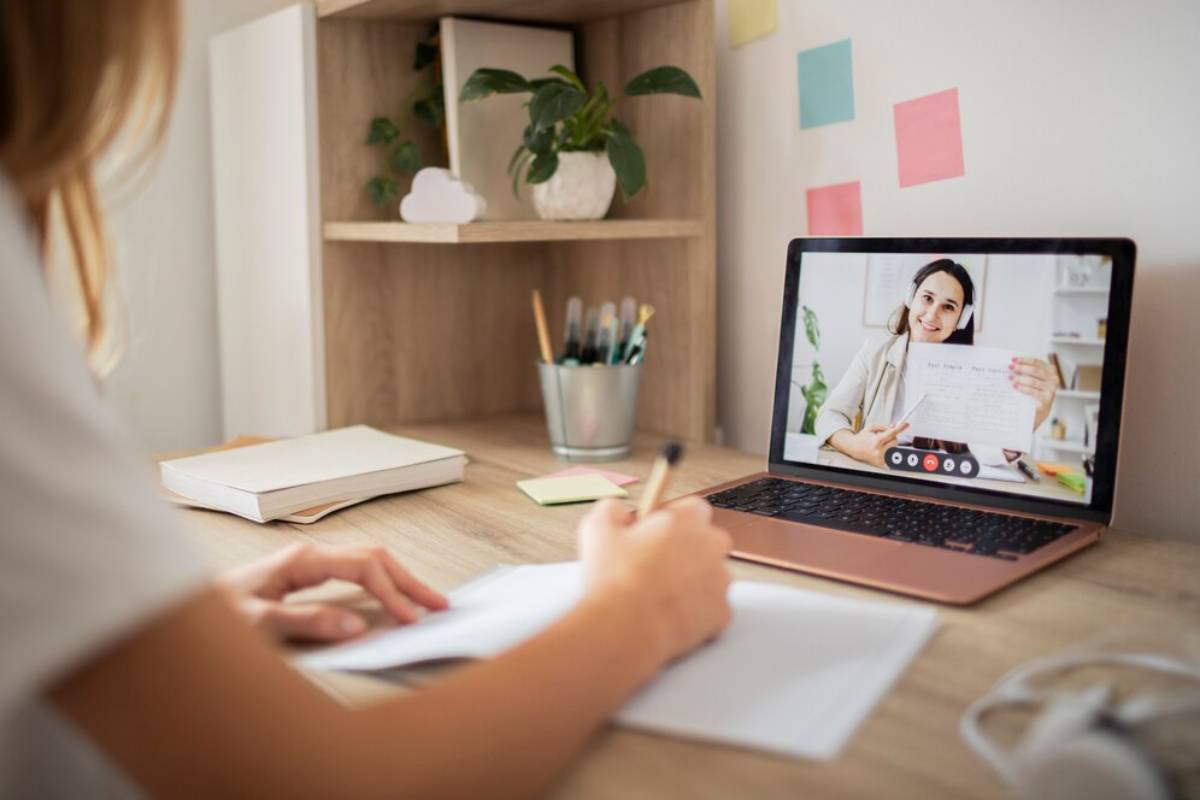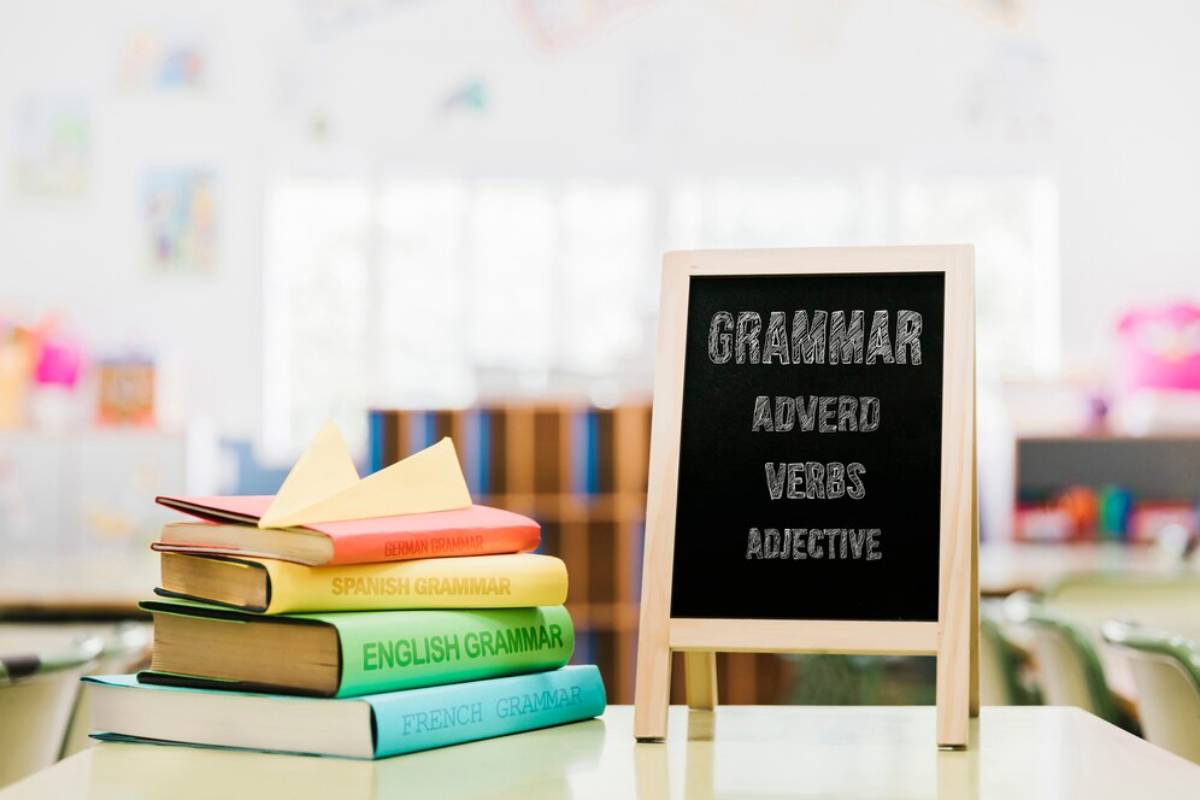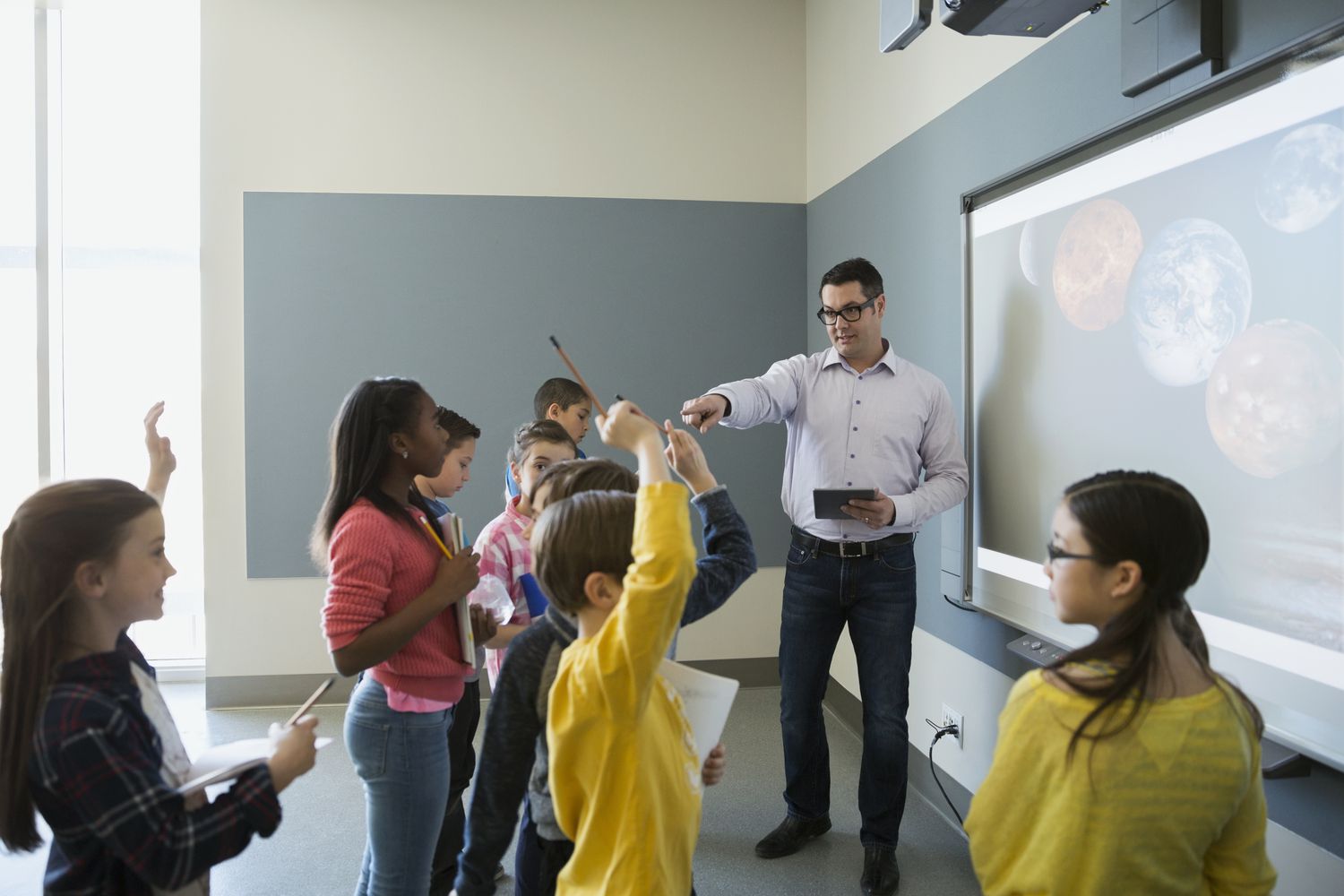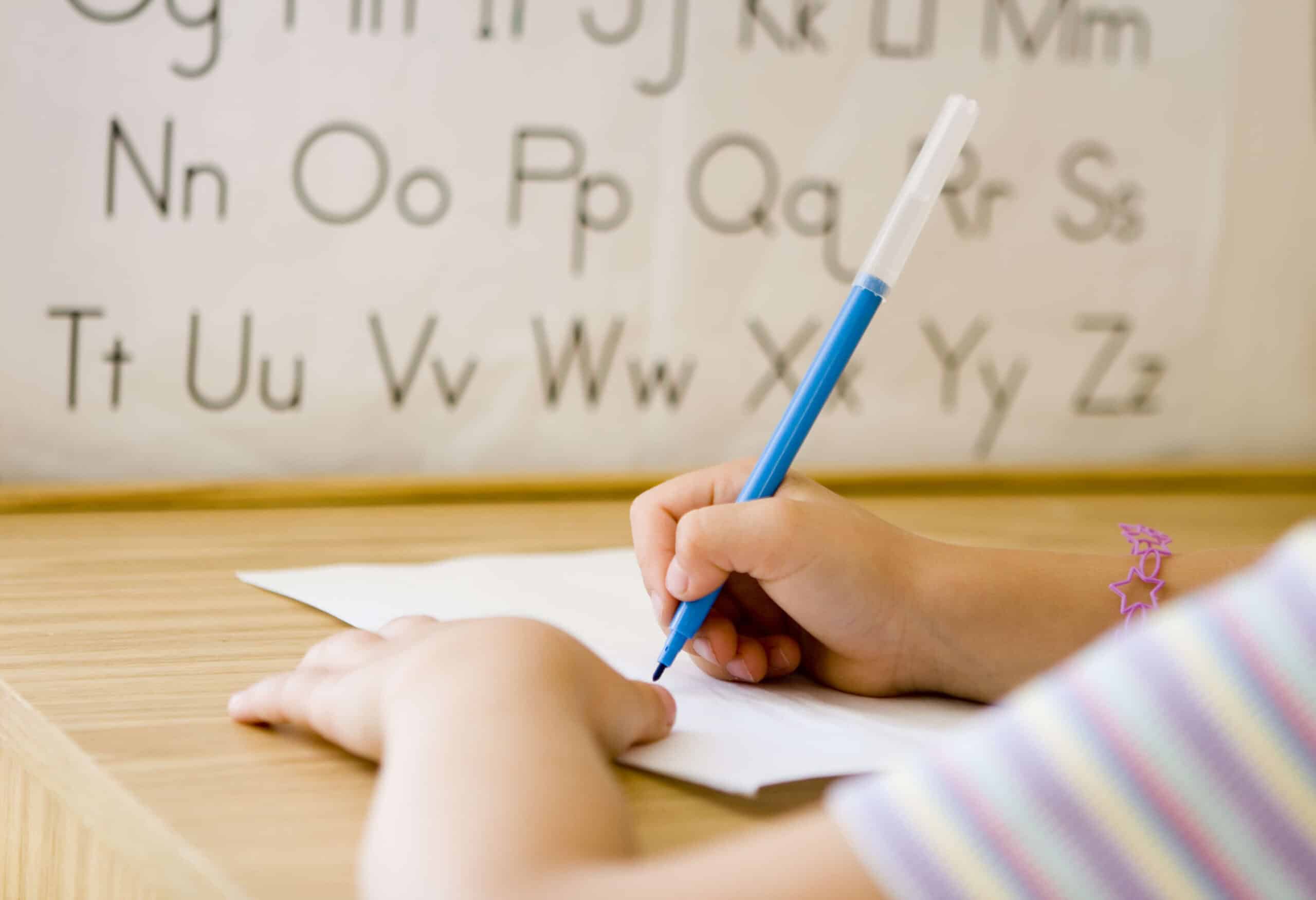
Kinesthetic Learning: Move Your Way to Language Mastery
Not everyone learns by reading a textbook or listening to an audio lesson. Some of us need to move.
If you’re the kind of person who fidgets during lessons, learns best while doing something with your hands, or finds it easier to remember words when you act them out, you’re probably a kinesthetic learner.
Kinesthetic learning is a style where people learn better by doing. When it comes to language learning, this method can be surprisingly powerful. If traditional methods leave you bored or frustrated, adding physical movement for language can make all the difference.
This article breaks down what kinesthetic learning is, how to use it to learn a new language, and why moving your body might be the key to unlocking your fluency.
What Is Kinesthetic Learning?
Kinesthetic learners absorb information through movement, touch, and hands-on activities. They don’t just listen or watch — they engage physically with the material.
Signs you might be a kinesthetic learner:
- You pace while thinking or studying
- You learn best by doing, not by watching
- You remember things better when you write or act them out
- Sitting still to learn feels uncomfortable or boring
Why Movement Helps You Learn Languages
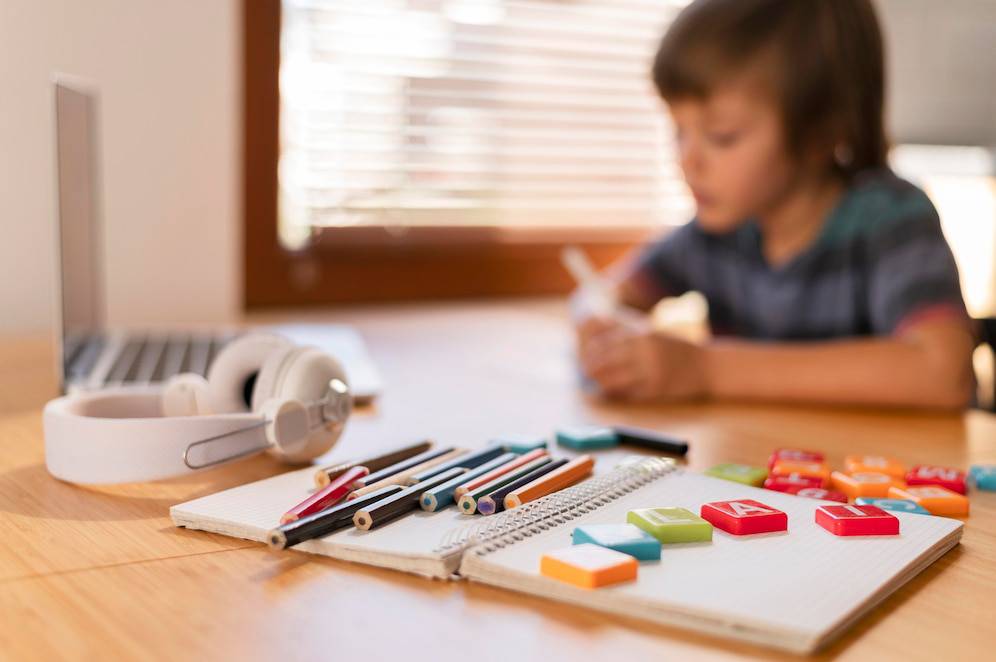
When you pair a physical action with a word or phrase, your brain creates a stronger memory.
This is called embodied cognition — the idea that your body can help shape how your mind understands and remembers things.
Benefits of kinesthetic language learning:
- Improves focus and engagement
- Strengthens long-term memory
- Makes vocabulary more meaningful
- Reduces stress during learning
It’s especially helpful for young learners, active learners, and anyone who struggles with traditional study methods.
Practical Kinesthetic Techniques for Language Learning
Here’s how to add physical movement to your language practice.
1. Act Out Vocabulary
Use your whole body to “act out” new words — especially verbs and objects.
Example: When learning “to jump” in your target language, actually jump while saying it. Mimic “to drink” by pretending to drink from a cup. These actions help you connect movement to meaning.
2. Walk and Talk
Walking while you practise speaking can help ideas flow more naturally.
Take your language practice outside:
- Go for a walk and describe things you see in your target language
- Record voice notes while moving
- Use flashcards while pacing your room
The motion helps your mind stay sharp and alert.
3. Use Gestures with Speech
Link specific hand gestures with certain words or sentence structures.
For example:
- Point forward when saying the future tense
- Move your hand down for the past
- Tap your chest for “I” or self-related phrases
Gestures help anchor meaning in your body — and can even help you speak more fluently in real conversations.
4. Label Your Environment
Place sticky notes with target language words on objects around your house — fridge, mirror, chair, laptop.
Each time you interact with the item, say the word out loud. Swap them weekly to review and refresh your vocabulary.
5. Do While You Learn
Pair language learning with physical activity:
- Stretch while listening to a podcast
- Dance while singing along to lyrics
- Cook using recipes written in your target language
- Follow exercise videos in the language you’re learning
Doing + learning = stronger retention.
6. Use Props
Objects can be powerful learning tools.
Keep a small box of objects (toy food, mini tools, or craft materials). Use them to:
- Practice describing what you’re holding
- Act out a scene (e.g. ordering food or shopping)
- Test yourself: pull an object and say the word in your target language
7. Play Learning Games
Turn vocabulary into games that require movement:
- Simon Says in your target language
- Charades
- Vocabulary scavenger hunts
- Memory card matching with images and movement tasks
Games engage your whole body and make learning fun, especially in groups.
Real-Life Example: How Maria Learned Spanish Through Movement
Maria, 35, tried learning Spanish through apps and textbooks but couldn’t stick with it. “I just couldn’t remember anything,” she said.
Then she started incorporating movement:
- Acted out new words in front of a mirror
- Played interactive games with her children in Spanish
- Practised while walking her dog each morning
Within a few weeks, she started remembering more and enjoying the process.
Build a Kinesthetic Learning Routine
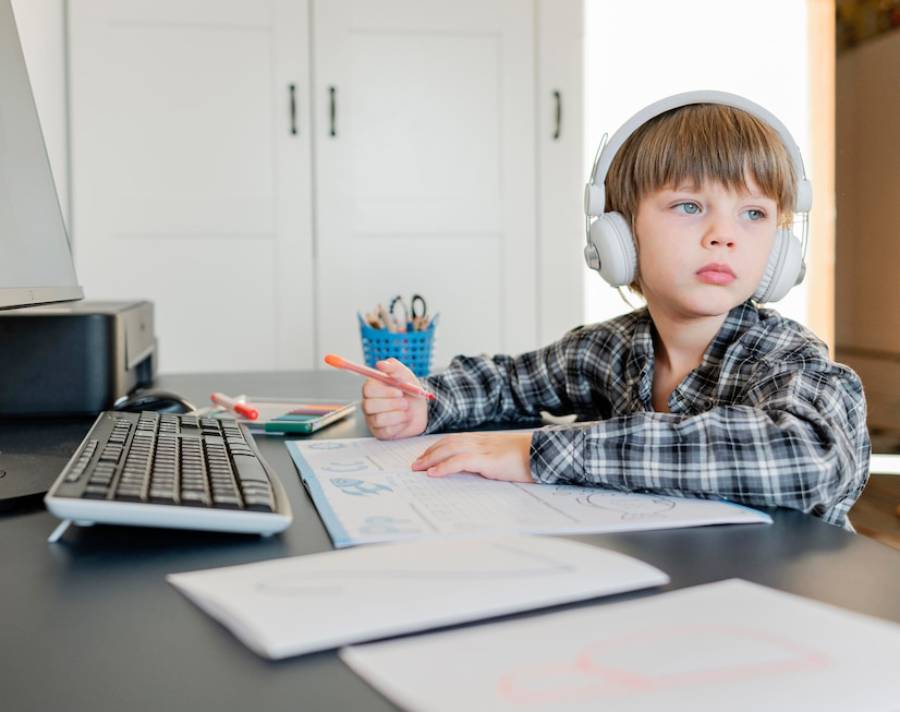
You don’t need to change everything. Just add one or two movement-based habits each week.
A sample weekly routine:
- Monday: Label objects around your home
- Tuesday: Act out 10 new verbs
- Wednesday: Go for a walk and describe what you see
- Thursday: Watch a video and mimic the gestures
- Friday: Review with a movement-based game
- Saturday: Cook or clean while speaking your target language
- Sunday: Reflect and update your goals
Kinesthetic Learning in the Classroom or Online
Teachers can also support kinesthetic learners by:
- Encouraging students to get out of their seats
- Adding role play to lessons
- Using real-life items or props
- Incorporating Total Physical Response (TPR) methods
Online learners can adapt by:
- Moving during breaks
- Acting out words on camera
- Standing instead of sitting during lessons
Common Mistakes to Avoid
- Doing too much at once – Start with one or two new activities
- Focusing only on movement – Make sure you’re still using quality input
- Skipping review – Movement helps memory, but you still need to repeat things
- Overthinking it – You don’t need to be perfect. Just move and speak!
Conclusion: Move Your Way to Mastery
Learning a language doesn’t have to mean sitting still and memorising lists. If you learn better when you move, then embrace that style.
Kinesthetic learning helps your body and brain work together. It turns abstract vocabulary into something you can see, touch, and feel.
So stand up. Act it out. Walk and talk. Make language part of your life — and your movement. Because sometimes, the best way to speak a new language… is to move with it.
